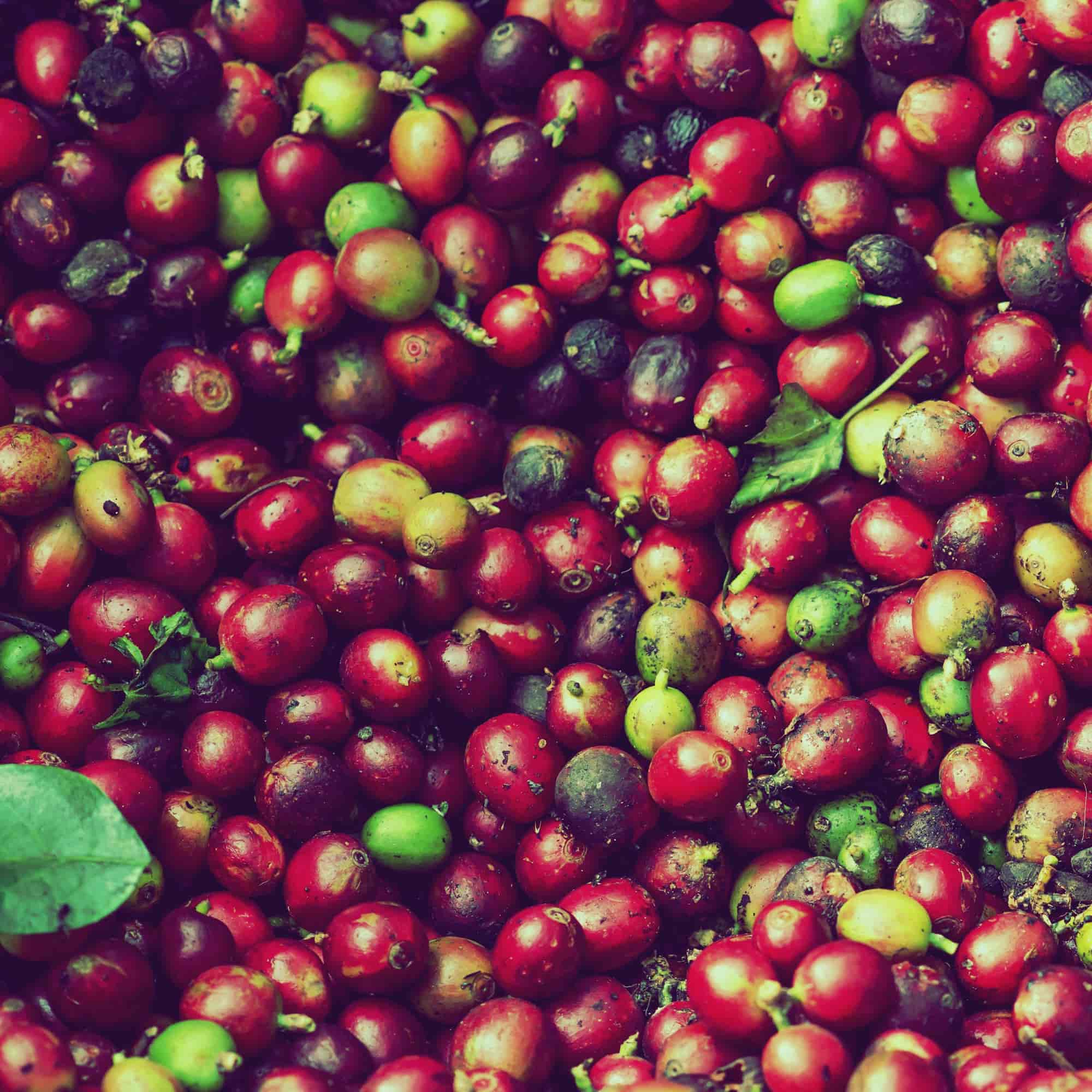Decaffeinating coffee seeks to remove the caffeine from a lot of coffee without disturbing the other compounds found in the beans. Considering coffee has over a thousand different compounds, this is not an easy process. Currently, there are three different methods that are used commercially to remove caffeine from coffee beans.
Decaffeination Involves Three Steps
All of the processes have the same three main stages. Decaffeination involves:
- swelling the coffee beans, usually with water
- extracting caffeine from the beans
- drying the beans
- The three methods of decaffeinating primarily differ in how they extract the caffeine. They are each named, at least partially, for the substance they use in Step 2. There are solvent-based approaches, Swiss Water Decaf and carbon dioxide decaffeination.
Solvent-Based Approaches Use Chemicals
Solvent-based methods use a mixture of a chemical and water to create a solvent that extracts the caffeine. Although caffeine is water-soluble, using just water would also draw out other compounds. (After all, coffee is brewed with water.) Another chemical is used in the solvent to speed up the extraction and limit how many other compounds are used.
Today, the two main chemicals used in solvent-based approaches are methylene chloride and ethyl acetate. Ethyl acetate’s found in ripening fruits, so it’s sometimes branded as a “natural” method. The ethyl acetate used to decaffeinate coffee, however, is usually synthetically manufactured, as is methylene chloride. The ethyl acetate that was used to decaffeinate the single origin Decaf that we roast is extracted from fermented sugar cane.
Both methylene chloride and ethyl acetate are considered safe when used at the levels that commercial decaffeination requires, which are very low. Additionally, it’s unlikely that these chemicals are present in a cup of coffee. For, coffee is roasted to 400+°F and brewed at 200°F. These chemicals evaporate at these temperatures.
Swiss Water Decaf is Organic
Swiss Water Decaf is the only organic method of decaffeinating coffee. Rather than using chemicals to extract caffeine, the Swiss Water Decaf method relies on osmosis. In this process, Step 2 breaks down as follows:
- coffee beans are soaked in water, which extracts caffeine and other compounds
- the beans and water are separated
- the now-flavorless beans are discarded
- the water is filtered through a carbon filter that is calibrated to remove only larger caffeine molecules
- new beans are soaked in the same water
Because the same water is used to soak beans, only caffeine should be extracted from the coffee. The water should already be saturated with any other compounds that would be extracted, so they will not be drawn out from the beans.
Carbon Dioxide Decaffeination is Expensive
The newest method invented uses carbon dioxide, a compound that is naturally found in coffee as a gas, to remove the caffeine. Inside a sealed chamber, carbon dioxide is applied to coffee beans at an extremely high pressure -- 1,00 pounds per square inch. The carbon dioxide selectively extracts the caffeine, leaving flavor compounds in the coffee, and then is removed from the coffee.
Using carbon dioxide may be efficient, but it’s expensive. Companies need lots of carbon dioxide and systems built to withstand high pressures. Therefore, this method is usually reserved for large batches of commercial-grade coffee. It’s, unfortunately, economically unfeasible to use this method for small lots of higher-quality coffee.
Removing only caffeine from coffee has proven difficult. Today’s solvent-based approaches, Swiss Water Decaf and carbon dioxide decaffeination are good, but we at Driftaway Coffee currently only offer caffeinated coffees.
For those of you who do drink decaf, though, do you have a preferred method? Do you find one approach produces a better cup of coffee than the others? If so, let us know by leaving a comment.

